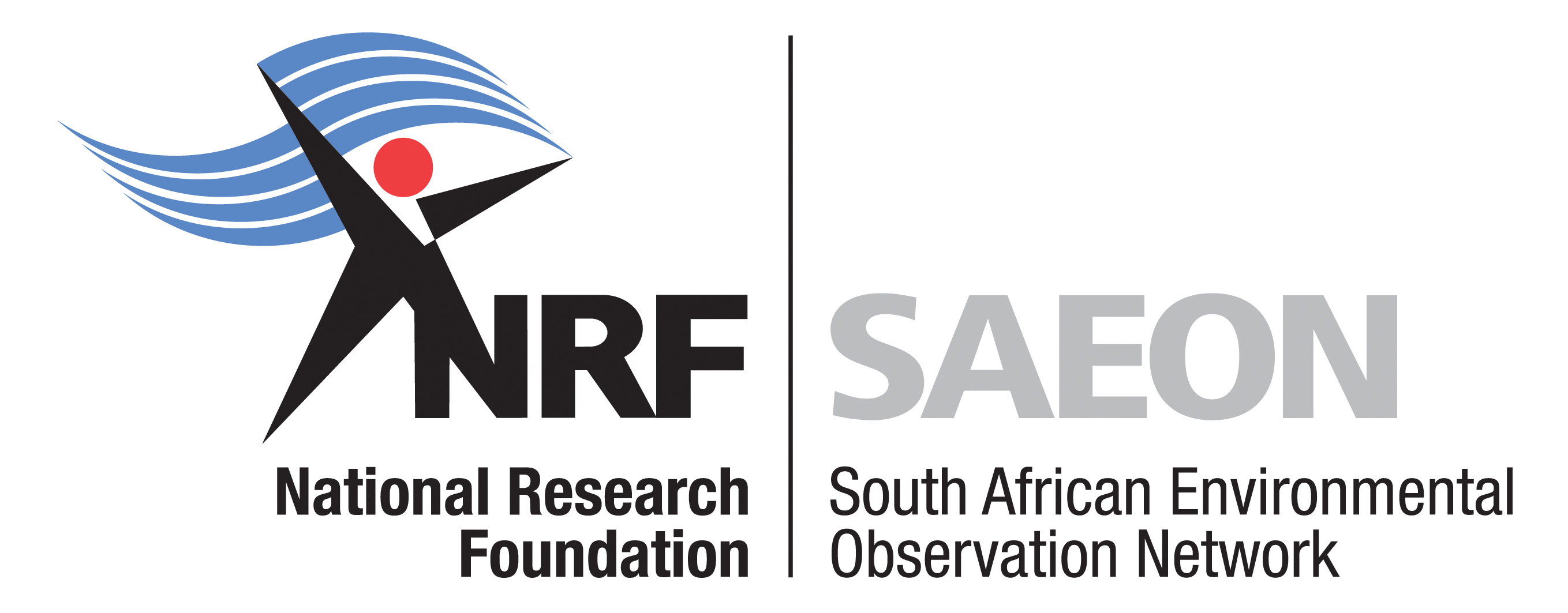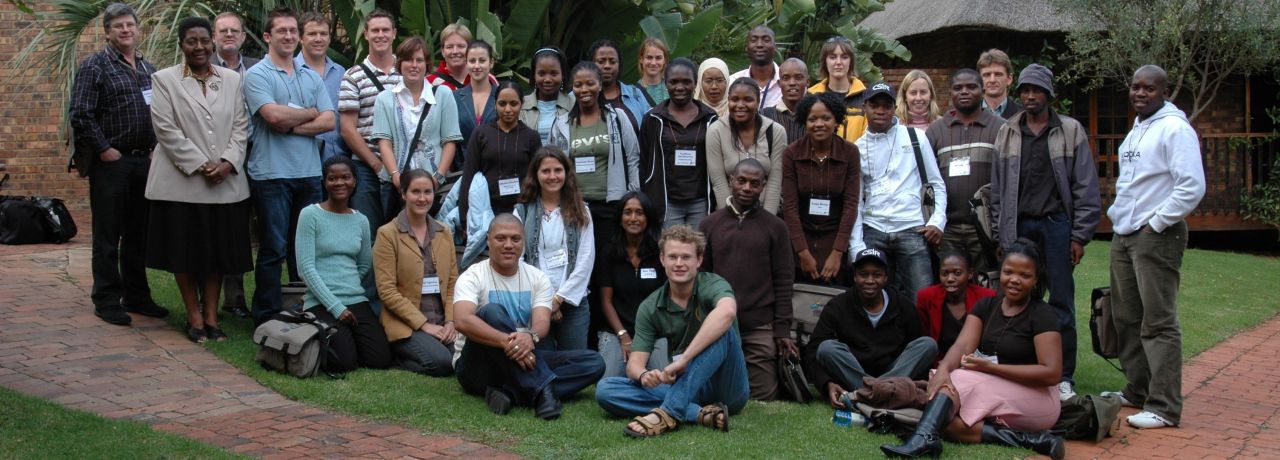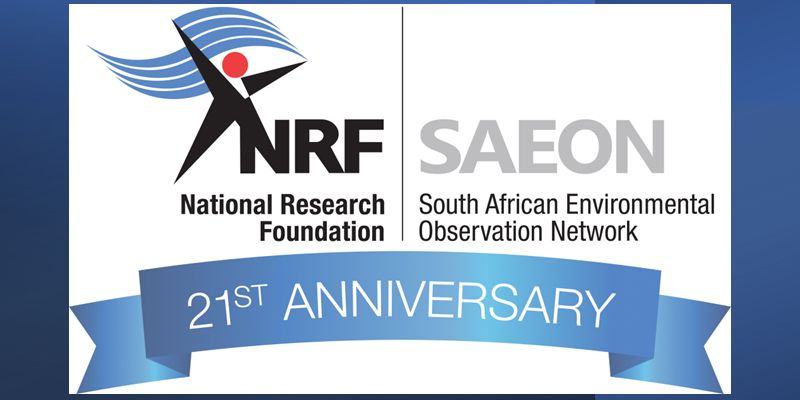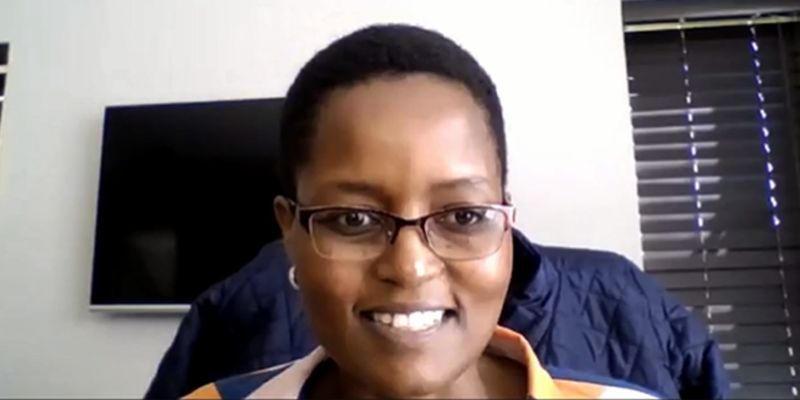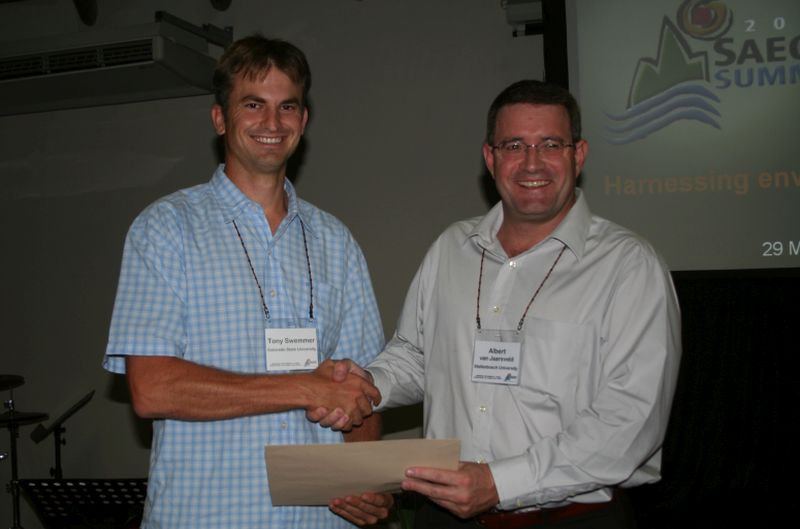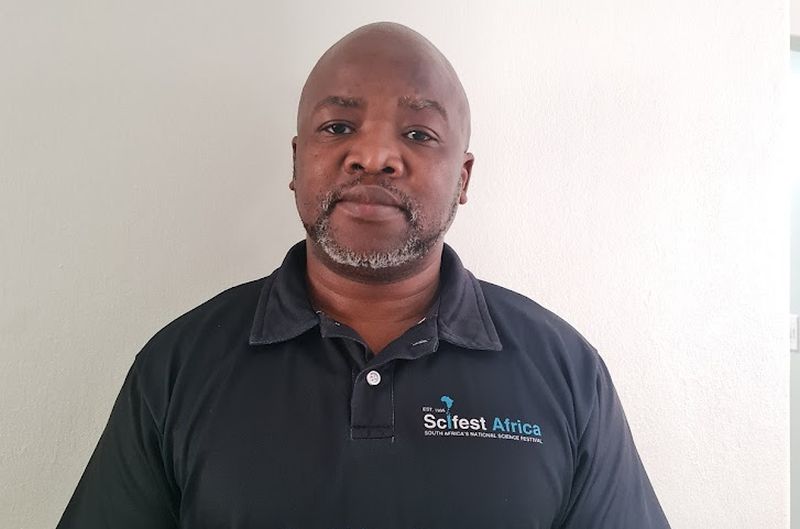eNews
#02 2023
NRF-SAEON gears up to celebrate 21 remarkable years
By Staff Writer
NRF-SAEON’s 21st anniversary celebrations started on a high note on April 3 with an online launch event for staff members and associates across the country. Preparations are ongoing for the main celebrations in September, which will be rolled out across the seven nodes under the theme Celebrating 21 years of world-class environmental research platforms for a sustainable society.
Programme director Thomas Mtontsi set the ball rolling for the online launch event by welcoming the 81 attendees and introducing the keynote speaker, SAEON MD Dr Mary-Jane Bopape. Dr Bopape took everyone back in time to SAEON’s official launch in 2002 and highlighted several of the milestones achieved over the last 21 years, the most prominent of which was the establishment of the nodes and the three research infrastructures: the Shallow Marine and Coastal Research Infrastructure (SMCRI) in 2016/17, the Expanded Freshwater and Terrestrial Environmental Observation Network (EFTEON) in 2018 and the South African Polar Research Infrastructure (SAPRI) in 2021.
Dr Bopape said she was particularly proud of SAEON’s open data policy, which ensured that scientists from all over the world were able to access the data and contribute to environmental science and technology for the benefit of society. She highlighted that the milestones reached over the past 21 years would not have been possible without the hard work and dedication of SAEON’s scientists, technicians, science engagement team and support staff.
Paying tribute to the Department of Science and Innovation (DSI) and the National Research Foundation (NRF), she stressed that the sterling achievements would not have been possible without the funding and support provided by these two organisations. She also thanked the host organisations of the nodes – SANParks, Ezemvelo KwaZulu-Natal Wildlife, South African National Biodiversity Institute (SANBI), Department of Forestry, Fisheries and the Environment, and Nelson Mandela University.
Referring to the South African Science and Innovation (NSI) report released by the DSI and the criticism that the research institutions in the NSI were largely found to operating in isolation, Dr Bopape pointed out that SAEON was seen to be doing better through its linkages with global environmental observation organisations and institutions as well as with the private sector. SAEON was found to be progressing well in terms of the number of women and technical staff employed; its research that is contributing directly to the DSI’s Global Change Grand Challenge; and its engagement with school learners, educators and the general public.
Dr Bopape asked the staff to consider how SAEON could improve on its performance in line with the recommendations of the report. She challenged staff members to think of innovative solutions to climate challenges such as floods and heatwaves, which are expected to increase in the not-too-distant future. In conclusion, she encouraged everyone to “take ownership of this 21st anniversary year”.
Next on the programme, Kogie Govender, SAEON’s science engagement coordinator, unveiled the new 21st anniversary logo, followed by an icebreaker exercise facilitated on Word Cloud by Nosihle Mkhize, a tech-savvy intern at the Grasslands Node.
Highlights video and timeline activity
SAEON’s presence in the Twitterverse stretches as far back as 2015. Drawing on the top tweets of the past eight years, Dr Ryan Blanchard, manager of the Fynbos Node, presented a brief overview of the highlights experienced during this period. This was followed by a presentation of the first pages of an initiative by Zach Smith, Kogie Govender and Caitlin Ransom to compile a comprehensive overview of SAEON’s history on a timeline from 1999 onwards, for completion in September to coincide with the external launch of the anniversary celebrations. Their presentation ended with an Escape Room Activity that was based on SAEON’s timeline. The Escape Room activity used baby photos of some SAEON staff members that added fun and complexity to the activity.
Then followed a brief overview of the highly impactful Graduate Student Network (GSN) by Tamryn Hamilton, a member of the GSN Steering Committee. Launched in 2006 by the then Deputy Minister of Science and Technology, Derek Hanekom, this student-driven organisation is active across all universities and emphasises the multi-disciplinary and cross-ecosystem application of LTER. Academic excellence is advanced through a competition for attendance of the annual GSN Indibano as well as general training workshops on specialised career-supporting topics such as statistical software and science communication.
Looking back over 21 years
After a short break, four of the longest serving SAEON staff members recounted the highlights and milestones they witnessed during their years at SAEON. Dr Tony Swemmer, manager of the Ndlovu Node, joined SAEON in 2007, fresh out of his PhD studies. “It was a different organisation then,” he explained, “with 10 staff members at the most.” The Ndlovu Node offices had just been built, but there was no other infrastructure at the time, no students, no research projects and not much structure. There was also still no clear consensus about SAEON’s role and structure. After Professor Tim O’Connor was appointed as observation science specialist and regular management meetings started pulling the nodes together to form a coherent organisation, SAEON mushroomed and expanded.
Eva Nedzamba, office coordinator at SAEON’s National Office, was with SAEON right from the start, more than 19 years ago. As the second person to be appointed (on 1 July 2003), she actively participated in the establishment of SAEON and its nodes. As early as 2004, she had to take care of the logistics for the first SAEON Summit – with delegates attending from all corners of the country and further afield, it was a massive undertaking. Eva describes her SAEON journey as “very long, great, not always easy, with many things that needed to be done”. Looking back, she sometimes asks herself why she is still with SAEON, but, she says, with its culture of excellence and accountability, it is still one of the best organisations to work for.
Joe Sibiya, science engagement officer at the Ndlovu Node, gave a brief overview of SAEON’s science engagement programme. Initially coordinated by Sibongile Mokoena, the education programme started in 2004. Joe joined the Ndlovu Node in 2005 as education outreach officer. The first activity Sibongile and Joe undertook to inform the education outreach programme and to chart their way forward, was consulting educators to assess their needs.
In 2007, the programme was expanded to the Elwandle, Egagasini, Fynbos and Arid Lands nodes. The flagship project that put the programme on the map, Joe says, was the science camps for learners presented by the nodes. Through the years that followed, the SAEON Kids that formed part of the education programme went on to become environmental scientists, medical doctors and engineers, a proud contribution to capacity building and skills development in South Africa.
During Covid-19, the team rallied by developing learning aids and educational materials and presenting online education programmes that reached out to many learners. In their efforts they are not working in isolation, but with several other organisations within the NRF. “Quite a bit has been achieved,” Joe concluded, “but there is so much more that can be achieved under the expert guidance of our current coordinator, Kogie Govender.”
Dr Shaun Deyzel of the Elwandle Node and SMCRI joined SAEON in April 2007 to study coastal and marine systems. He said he grabbed the opportunity to join the Elwandle team with both hands after listening to a presentation by then manager of the Elwandle Node, Dr Angus Paterson. “It was quite an experience to walk into the Elwandle Node, and SAEON,” he admitted. “We tend to do things differently here.”
Shaun described how the Elwandle Node expanded over time to include more scientists, students and interns. Many of these students and interns stayed on. The monitoring and research programme started in 2008. Shaun joined Dr Nikki James for the National Ports Monitoring Programme, during which they sampled all the ports in South Africa.
In 2018, still in pursuit of SAEON’s mandate, the SMCRI was established at the node to develop an array of instruments and physical research platforms around the coast of South Africa and its sub-Antarctic Islands to collect long-term reliable data for scientific research to help decision-makers formulate appropriate environmental policies to lessen the risk and vulnerability of the coastal zone to climate and global change.
In conclusion, Shaun said that he was proud to be part of the Elwandle team. “Work is still as exciting as when I first walked in. Keep the excellence going SAEON!”
Open discussion
An open discussion followed, facilitated by Dr Ryan Blanchard, who invited questions from the floor. These included – What are the critical factors to take SAEON forward for the next 21 years?; Are there any SAEON Kids that went through the education programme that are currently working for SAEON? Ryan mentioned that he had been a member of the SAEON GSN in 2008, and that this opened his eyes to opportunities available within SAEON.
The session ended with Dr Mary-Jane Bopape announcing the winners of the quiz, and a vote of thanks by EFTEON administrator Letlhogonolo Kgobe.
Catch snippets of the NRF-SAEON 21st Anniversary Online Launch – Celebrating 21 years of world-class environmental research platforms for a sustainable society – on Twitter #NRFSAEON21st: https://twitter.com/i/status/1643253745105489922
SAEON’s Graduate Student Network was launched in 2006 by the then Deputy Minister of Science and Technology, Derek Hanekom.
The official logo to commemorate NRF-SAEON’s 21st anniversary.
Keynote speaker Dr Mary-Jane Bopape took everyone back in time to SAEON’s official launch in 2002 and highlighted several key milestones reached over the last 21 years.
Longest serving staff member, Eva Nedzamba (left) at the SAEON Summit in 2006 with Dr Jabu Nukeri, former MD of the South African Agency for Science and Technology Advancement (SAASTA) (centre) and Sibongile Mokoena, former science education outreach coordinator (SAEON).
Prof Albert van Jaarsveld, former CEO of the NRF (left) and the late Prof Bob Scholes deliberating the way forward at the 2006 SAEON Summit.
Then still a student, Tony Swemmer (left) received the Best Student prize at the SAEON Summit. He went on to become the manager of SAEON’s Ndlovu Node.
Dr Shaun Deyzel (back row, left) described how the Elwandle Node expanded over time to include more scientists, students and interns. Many of these students and interns stayed on.
The first activity Sibongile Mokoena (front) and Joe Sibiya (back row, centre) undertook to inform the education outreach programme and to chart their way forward, was consulting educators to assess their needs.
Programme director Thomas Mtontsi.
